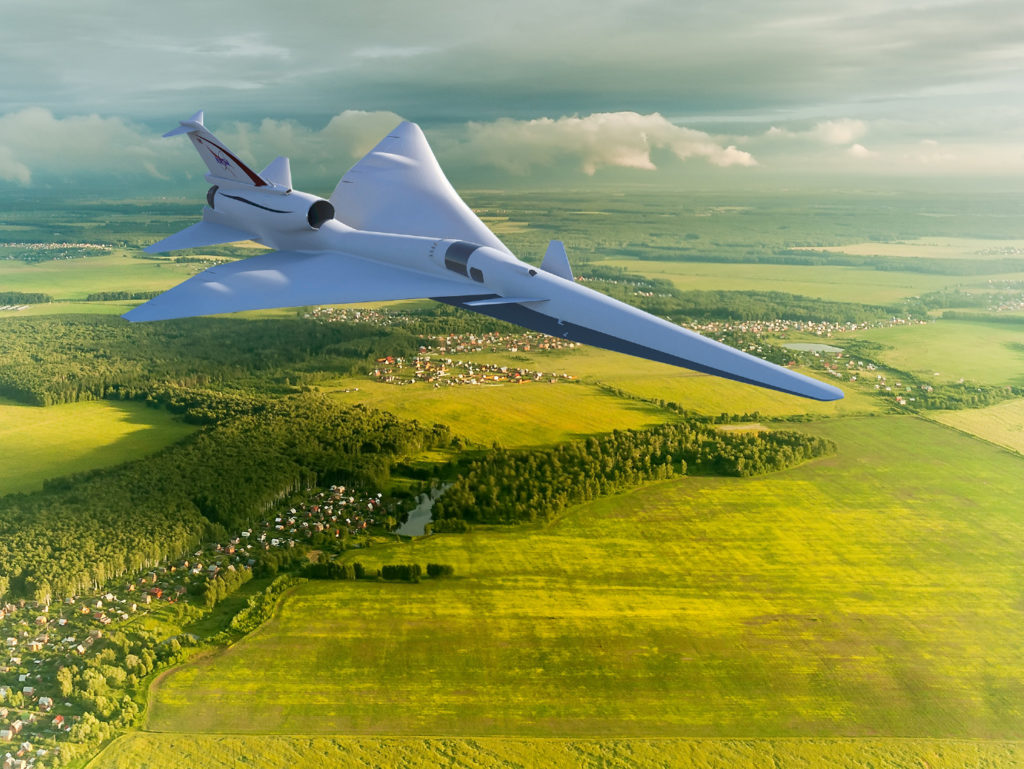The Concorde was a radical reimagining of what was possible from a commercial aircraft. Its ability to ferry passengers from New York’s JFK to London Heathrow Airport in under three hours is still unrivaled by modern passenger jets. Unfortunately, the 105 decibel sonic boom that came with it limited the jet to routes over oceans and areas with low population density. NASA hasn’t given up on supersonic commercial flight and its X-59 program wants to turn those booms into “thumps.”
Sonic booms are rare enough that the local news will let you know if a fighter jet accidentally exceeds the speed of sound.
Understanding the concerns, NASA plans to launch the X-59 experimental aircraft with test flights in 2022 as part of its ongoing project to bring a Concorde-like aircraft back using new technology that will change the boom into a thump. The process has been described here:
[E]ngineers relied on earlier studies that revealed how an aircraft’s overall configuration could modify the shape of the supersonic shockwaves coming off the airplane so that the atmosphere then reduces the sharpness of the wave. By the time the shockwave reached the ground the shock would be removed, resulting in a nearly inaudible sonic boom.

The goal of QueSST (Quiet Supersonic Technology) is to lower the sonic profile of the aircraft so that the overall decibel level experienced on the ground is below the 75 PLdB level required by the FAA, though NASA thinks they can do better.
NASA has been working on this project for a while, and sent their NASA F/A-18 (Yes NASA has an F/A-18) to Galveston, Texas to practice making quieter sonic booms. The agency recently announced they would be putting out remote censors to gather data on the sounds over the Mojave Desert for more of these flights later this year. The ultimate goal is to have test flights over populated areas starting in 2024.


